5G and Beyond : What's Next in Wireless Technology?
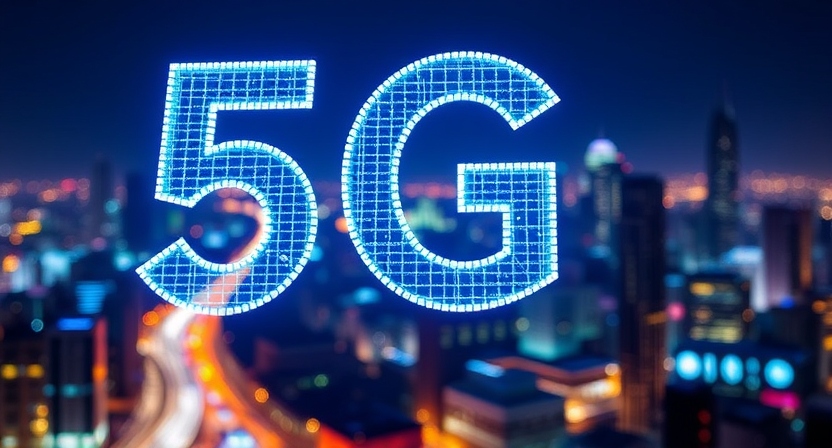
Introduction
The evolution of wireless technology has dramatically reshaped the world. From the early days of 2G networks to the revolutionary 5G technology of today, each leap in wireless communication has brought immense changes to society. With the rollout of 5G networks, wireless technology is poised to bring unprecedented levels of speed, connectivity, and innovation. This article delves into the details of 5G technology, its core features, its impact on various industries, and its transformative effects on everyday life. We also explore the future of wireless technology, from the next-generation 6G to the role of artificial intelligence and quantum computing.
Table of Contents
Understanding the Evolution of Wireless Technology
Wireless communication has evolved significantly since its inception, each generation improving upon the last. The journey began with 2G, which offered basic voice services, before progressing to 3G, which introduced mobile data and internet access. 4G brought even faster speeds, enabling high-quality video streaming, gaming, and more. Now, we stand on the brink of a new era with 5G, offering high speeds and low latency that will change everything. As each generation unfolded, the need for faster, more reliable networks grew, leading us to the current landscape.
The Road from 4G to 5G: A Revolutionary Leap
The leap from 4G to 5G is considered revolutionary due to the substantial upgrades in speed, bandwidth, and reliability. 5G is not merely an incremental improvement but a complete redefinition of what wireless networks can achieve. It offers speeds up to 100 times faster than 4G, allowing for real-time communication, ultra-fast downloads, and seamless connectivity for a multitude of devices. The shift from 4G to 5G is also marked by the introduction of new technologies, including millimeter waves, massive MIMO (multiple input, multiple output), and beamforming, all of which contribute to the network’s vastly improved capabilities.
An Overview of 5G Technology
5G technology is built on the foundation of previous generations but introduces significant advancements in several key areas. Unlike earlier generations, 5G uses higher-frequency radio waves, which allows for greater data transfer speeds. This is complemented by improved network architecture that reduces latency to nearly zero, enabling instantaneous communication. Additionally, 5G is designed to support a massive number of connected devices, facilitating the growth of the Internet of Things (IoT) and smart cities.
The Core Features of 5G
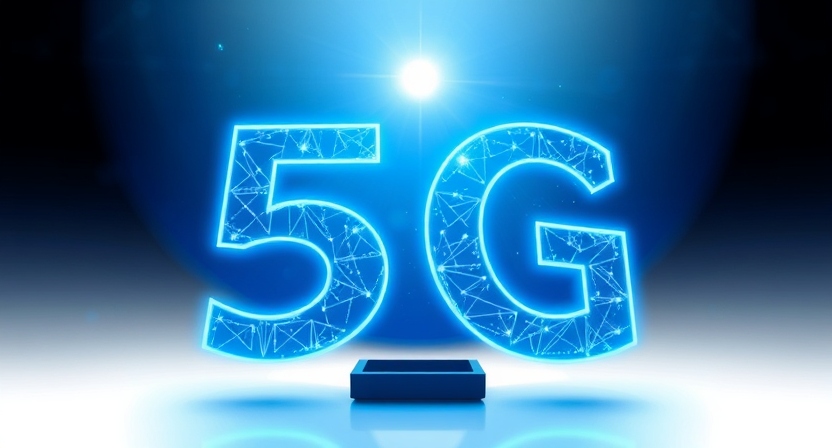
What Sets 5G Apart from Previous Generations?
One of the most significant aspects of 5G is its ability to handle vastly more data and devices simultaneously. With the explosion of connected devices and the growing demand for faster data speeds, 5G is engineered to meet these challenges. It brings an exponential increase in data transfer rates, offering speeds of up to 20 Gbps under ideal conditions. Unlike previous generations, 5G is optimized for both wide-area coverage and localized dense environments, such as stadiums or urban centers, where high volumes of data need to be transmitted quickly.
Exploring 5G’s Speed, Latency, and Connectivity
5G’s speed is the most talked-about feature, with download speeds that can exceed 10 Gbps. This enables everything from 4K video streaming to high-definition virtual reality experiences. The low latency of 5G is another standout feature, reducing communication delays to just 1 millisecond, enabling real-time control for applications like autonomous vehicles. Moreover, 5G’s superior connectivity allows millions of devices to connect seamlessly, laying the foundation for a truly connected world.
How 5G Changes Mobile Internet and Device Communication
With 5G, mobile internet access is no longer limited by the constraints of previous networks. It supports faster downloads, smoother streaming, and better overall performance. This transformation will also impact how devices communicate with each other. From smartphones to smart appliances, 5G enables faster and more efficient interactions between devices, contributing to the proliferation of smart homes and cities.
The Impact of 5G on Industries

5G and the Future of Smart Cities
Smart cities are set to become the most transformative application of 5G technology. With its low latency and high-speed connectivity, 5G can enable a range of services that improve urban living. These include smart traffic management, autonomous public transport, and enhanced city services such as energy management, waste collection, and law enforcement. The integration of sensors, cameras, and real-time data analytics will make cities more efficient and livable.
How 5G is Enhancing the Internet of Things (IoT)
The Internet of Things (IoT) will flourish with the advent of 5G. IoT devices—ranging from smart thermostats to industrial machinery—require constant connectivity and the ability to send and receive large volumes of data. 5G’s high bandwidth, low latency, and ability to handle millions of devices per square kilometer make it the ideal solution to power the IoT ecosystem. This opens up new possibilities for everything from precision agriculture to smart manufacturing.
The Role of 5G in Advancing Autonomous Vehicles
Autonomous vehicles are another key beneficiary of 5G. The low latency and high reliability of 5G networks are crucial for enabling vehicles to communicate with each other and their surrounding infrastructure. Real-time data exchange will allow for faster decision-making, reducing the risk of accidents and improving traffic flow. 5G will also support the cloud computing capabilities that autonomous vehicles rely on, ensuring they are constantly updated with the latest data.
5G and Healthcare: Revolutionizing Telemedicine and Medical Devices
In healthcare, 5G promises to revolutionize telemedicine, allowing for real-time remote consultations and diagnostics. It also enables the development of advanced medical devices that rely on constant data exchange, such as wearable health monitors. With its high-speed connectivity, 5G will support telehealth applications that require large data transfers, such as high-definition video consultations and the remote operation of robotic surgery tools.
5G in Manufacturing: Enabling Smart Factories
In the manufacturing sector, 5G will lead to the creation of smart factories, where machines, devices, and systems are interconnected and operate autonomously. With 5G’s ultra-low latency and high reliability, real-time monitoring and management of production lines will become more efficient. It will also enable predictive maintenance, reducing downtime and increasing overall productivity.
Challenges in Deploying 5G Networks

Infrastructure and Investment: The Cost of Implementing 5G
While the benefits of 5G are undeniable, the cost of deploying the necessary infrastructure is significant. Building 5G networks requires upgrading existing cellular towers and building new ones to support the high-frequency signals that 5G relies on. This infrastructure investment is costly, and many countries are still working on ensuring that rural and underserved areas receive the same benefits as urban centers.
Global Disparities in 5G Rollout and Access
The rollout of 5G is not uniform across the globe. Some countries, like South Korea and China, have made significant strides in deploying 5G networks, while others, particularly in the developing world, are struggling to provide widespread access. The disparity in 5G rollout creates challenges for global businesses and poses a significant barrier to widespread adoption of 5G-based technologies.
Security Concerns and the 5G Debate
Security remains a hot topic in the 5G debate. As 5G networks enable more devices to connect to the internet, they also create more potential vulnerabilities. Governments, businesses, and telecom companies must work together to address the cybersecurity risks associated with 5G, including potential threats from hacking, data breaches, and the misuse of connected devices.
What Comes After 5G? The Next Generation of Wireless Technology
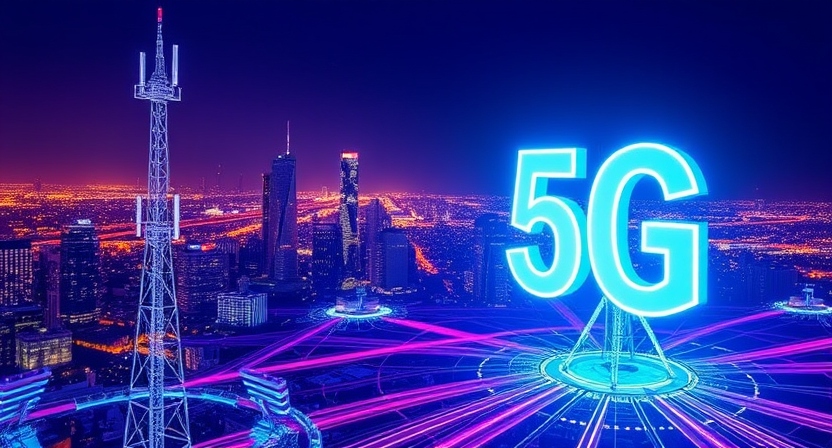
Introducing 6G: Early Developments and Expectations
As the 5G rollout continues, the wireless industry is already looking ahead to 6G. While still in its early stages, 6G is expected to bring even faster speeds, improved connectivity, and more intelligent networks. Predictions suggest that 6G could enable communication speeds of up to 100 Gbps, far outstripping 5G and enabling new applications like holographic communication.
The Role of AI and Machine Learning in Future Wireless Networks
Artificial intelligence (AI) and machine learning will play an integral role in future wireless networks, particularly in the management of 6G systems. AI can optimize network traffic, predict failures, and ensure the most efficient use of resources, making networks smarter and more responsive to user needs.
How Quantum Computing Might Revolutionize Wireless Communication
Quantum computing holds enormous potential to revolutionize wireless communication. Quantum technologies could enable the development of ultra-secure communication methods, support faster data processing speeds, and drive the next generation of wireless networks.
The Potential of Terahertz Waves in Future Wireless Technology
Terahertz (THz) waves, which occupy the spectrum between microwave and infrared waves, are another exciting frontier in wireless technology. Researchers believe that THz waves could enable incredibly fast data transmission rates, potentially powering the next wave of wireless innovation in 6G.
Impact on Everyday Life: How 5G and Beyond Will Change Society

Changing Communication Habits: From Calls to Seamless Connectivity
5G and future wireless technologies will change the way we communicate. With the enhanced speeds and connectivity offered by 5G, traditional communication methods such as voice calls will be replaced by more immersive and interactive experiences, such as high-definition video calls and real-time collaborative platforms.
5G’s Role in Augmented and Virtual Reality Experiences
5G will significantly enhance augmented reality (AR) and virtual reality (VR) experiences, providing seamless, high-quality graphics and low-latency interactions. This will be crucial for applications in entertainment, education, and remote work, making these technologies more accessible and immersive than ever before.
What Does 5G Mean for Entertainment and Streaming?
The entertainment industry will benefit greatly from 5G’s capabilities. 5G technology is set to revolutionize the entertainment and streaming industries by enabling ultra-high-definition content streaming, seamless live streaming, and immersive AR/VR experiences. With faster speeds and lower latency, users will enjoy uninterrupted high-quality content, while interactive experiences will become more engaging. Cloud gaming will thrive with 5G, allowing high-performance gaming on mobile devices. Content creators will also benefit from faster uploads and real-time collaboration. In short, 5G will enhance how we consume and create entertainment content.
Regulatory Considerations in the 5G Era
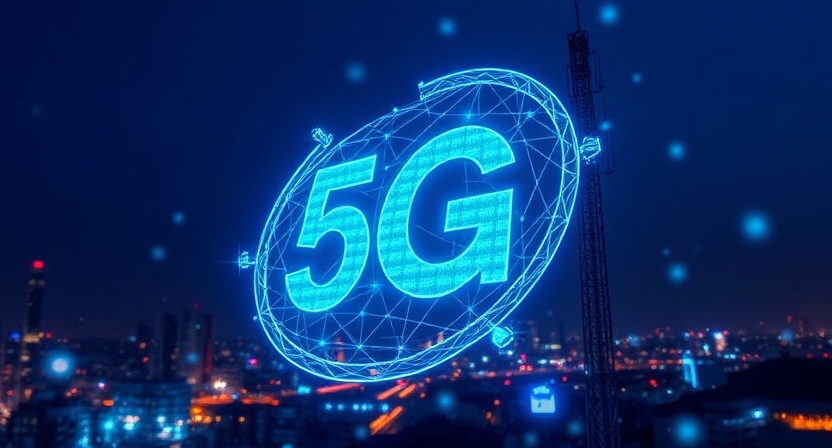
The Importance of Regulation and Spectrum Management
As the deployment of 5G networks expands globally, the role of regulation becomes increasingly important. Governments and regulatory bodies must manage the electromagnetic spectrum— the range of frequencies used for wireless communication. Effective spectrum management ensures that the frequencies required for 5G are allocated properly, minimizing interference and ensuring optimal network performance. Additionally, regulations must address issues related to privacy, data security, and consumer protection, as the widespread use of 5G networks introduces new challenges in these areas.
Global Competition: How Countries Are Competing to Lead 5G
The race to lead the world in 5G technology is highly competitive, with nations vying for dominance in this transformative field. Countries like China, South Korea, and the United States have made significant investments in 5G infrastructure, each seeking to secure economic and strategic advantages. For instance, the U.S. has made efforts to encourage private sector investment, while China has leveraged state-backed initiatives to rapidly expand its 5G capabilities. This competition is expected to have profound geopolitical implications, with countries eager to position themselves as leaders in next-generation wireless technologies, which could drive technological innovation, economic growth, and international influence.
The Role of Governments in Shaping 5G’s Future
Governments play a critical role in the future of 5G, not only in terms of regulation but also through investment and policymaking. They must create an environment that encourages the development and deployment of 5G networks while addressing concerns related to security, infrastructure, and equity of access. Public-private partnerships are essential in facilitating the rollout of 5G networks, particularly in underserved areas. Furthermore, governments must ensure
that the benefits of 5G are distributed equitably, preventing a digital divide from emerging between urban and rural populations or between developed and developing nations.
Economic Impact of 5G and Beyond

Job Creation and Economic Opportunities in the Wireless Industry
5G technology is expected to generate significant economic benefits, particularly in terms of job creation and new business opportunities. As the demand for 5G infrastructure grows, there will be an increased need for skilled workers in fields such as telecommunications, network engineering, and cybersecurity. In addition, the proliferation of 5G-powered applications and services will spur innovation in industries such as manufacturing, healthcare, and entertainment. The shift toward more automated and connected industries will likely create new opportunities for workers and entrepreneurs alike.
How 5G Could Unlock New Business Models and Revenue Streams
The advent of 5G will unlock new business models and revenue streams across various sectors. For instance, businesses in industries like entertainment, retail, and transportation can leverage the enhanced speed and connectivity of 5G to offer immersive experiences and real-time services. In the realm of media, 5G will enable high-quality streaming, augmented reality, and virtual reality applications, all of which have the potential to revolutionize consumer engagement. Similarly, the IoT ecosystem will benefit from the vast connectivity of 5G, creating opportunities for new products and services that cater to the growing demand for smart devices.
The Potential of 5G to Drive Economic Growth and Innovation
5G has the potential to be a major driver of economic growth and innovation. By enabling faster and more reliable communication, 5G will facilitate the development of next-generation technologies, from autonomous vehicles to advanced robotics. It will also allow businesses to adopt more efficient processes, reducing costs and increasing productivity. The widespread adoption of 5G could thus lead to greater economic competitiveness, with industries such as manufacturing, logistics, and healthcare experiencing transformative improvements.
Future-Proofing Wireless Technology
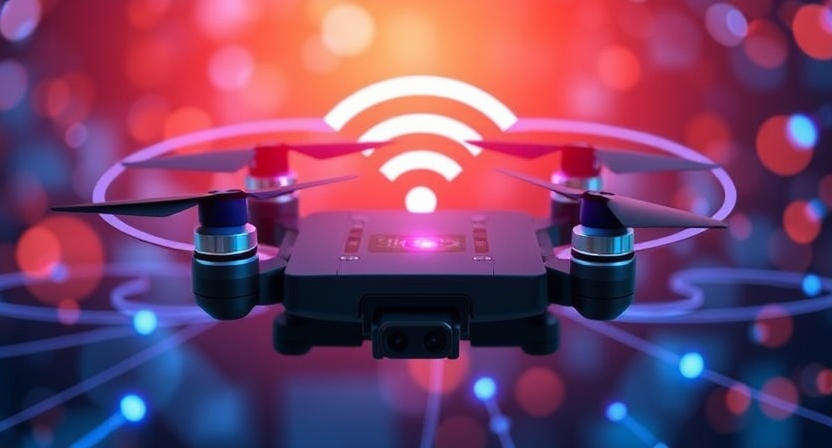
Adapting to Technological Evolution: Preparing for 6G
While 5G represents a monumental leap in wireless communication, attention is already shifting to 6G, which promises to further push the boundaries of what is possible. As technologies such as AI, quantum computing, and terahertz waves continue to evolve, 6G will incorporate these advancements to offer even faster speeds, enhanced connectivity, and more intelligent networks. Preparing for 6G requires both public and private sector investment in research and development, as well as an emphasis on training the workforce to meet the demands of these cutting-edge technologies.
How Businesses and Governments Are Planning for the Next Wireless Leap
Businesses and governments are already looking to the future of wireless communication, developing strategies to integrate 6G technologies into their infrastructure. This includes investment in research into new wireless technologies, as well as the development of frameworks for the integration of AI and machine learning into network management. Additionally, planning for 6G involves upgrading existing infrastructure to ensure compatibility with next-generation technologies, which will require collaboration between technology providers, governments, and industry stakeholders.
Conclusion

The Long-Term Vision: How 5G and Future Technologies Will Shape Our Digital Future
As we move beyond the initial stages of 5G deployment, it becomes clear that this technology is not just about faster speeds or better connectivity; it represents a fundamental shift in the way we live, work, and interact with the world. The integration of 5G into industries like healthcare, manufacturing, and transportation will enable smarter cities, more efficient supply chains, and better quality of life for citizens worldwide. In the coming years, the progression to 6G will further revolutionize wireless communication, opening the door to innovations we can only begin to imagine.
Preparing for a Seamless Transition from 5G to the Next Generation
As we prepare for the transition to 6G and beyond, it is crucial to lay the groundwork today. This means investing in research, improving the digital infrastructure, and ensuring equitable access to new technologies. A seamless transition will require collaboration at every level—global, national, and local—and a forward-thinking approach to technology adoption. The future of wireless technology holds immense potential, and with careful planning and investment, the transition from 5G to the next generation will continue to shape our connected world in transformative ways.
Internal Links
External Links
You can refer to these articles for more informations
Ericsson’s Insight on 5G Networks
How 5G Impacts SEO and Digital Marketing

